You don’t have to be a designer to understand brand terminology.
In the world of design, there are a lot of terms that get thrown around. As designers, this jargon is second nature, but to someone who’s less familiar with what we do, it can be overwhelming and sometimes even intimidating.
As a non-designer, while you don’t need to be an expert in brand terminology, it doesn’t hurt to have a general sense of what’s what, so that you can be confident when hiring and working with a brand designer.
There are loads of branding terms out there, but in this post, we’ll cover what I think are the 12 most common and most helpful to know.
Brand Terminology #1: Visual identity
Your visual identity is the collection of visual elements that make up your overall brand expression. A lot of people think of a brand’s visual identity as just its logo, but there’s so much more to it — identities are made up of logo suites, colours, typefaces and fonts (more on those below). Depending on the brand, an identity might also include more intricate elements like shapes, illustrations, patterns and creative direction for brand photography.
Brand Terminology #2: Brand Identity
While a visual identity is a brand’s visual elements, a brand identity encompasses all the elements that define a brand and differentiate it from others in the market. Not only is it the overall brand image, but it’s also the brand’s personality as perceived by customers. The purpose of a brand identity is to create a unique and memorable brand image that resonates with a target audience, and builds their trust and loyalty. Components of a brand identity might include its values, mission, vision, brand voice, brand positioning and brand promise.
Brand Terminology #3: Logo Suite
A brand identity will include at least two, if not more, logo variations so that a brand can always be presented consistently and in a way that’s visually appealing.
Most identities will include at least a primary and secondary logo, and more comprehensive brands will also have a submark, which is a simplified version of the main logo that can be used at smaller sizes. On top of these options, a suite will also include each variation in colour, all black and all white for legibility and accessibility purposes.
Brand Terminology #4: Mission and Vision Statements
Many non-designers confuse mission and vision statements or think of them as interchangeable branding terms. Though they are similar and work together to guide a company, they have distinct separate functions.
A mission statement describes a company’s purpose, goals and who it exists for. A vision statement, on the other hand, takes the mission statement a step further and describes a company’s “dream” for the future. While mission statements are more literal and direct, vision statements are generally more aspirational.
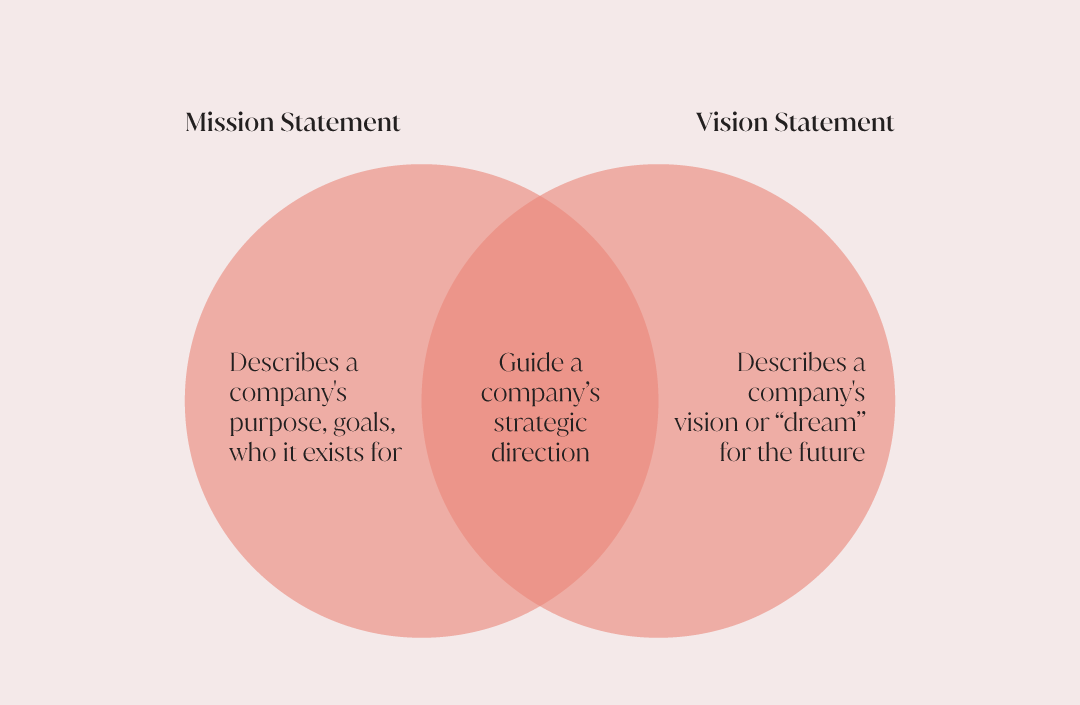
Brand Terminology #5: Audience persona
An audience persona is a made-up character that represents a particular member within a target audience. Although fictional, the character’s profile is based on market research, data and behavioural patterns.
One of the easiest ways to understand the difference between target audience and an audience persona is this: while a skincare company might have women in general as its target audience, it will target women in a particular age range for anti-aging products.
Brand Terminology #6: Unique Value Proposition (UVP)
Also known as a unique selling proposition, UVP is what distinguishes a business from its competitors and peers. It’s a short statement that outlines a business’ competitive advantage and a key message that’s repurposed across a business’ marketing and advertising strategies.
A great example of a UVP would be how Canva’s markets itself as a free-to-use online graphic design tool, with no experience required. This positioning is a a clear distinction from other design tools like Illustrator or Photoshop, for example, which aren’t free but are also targeted towards more experienced designers.
Brand Terminology #7: Brand Archetype
Brand archetypes are used to humanize brands, make them relatable and attract like-minded clients and customers. There are 12 classic archetypes, and when used correctly, they help build a strong narrative and empower brands to connect with their target audience.
Brand Terminology #8: Brand Imagery
Not to be confused with brand image, brand imagery is the strategic use of images to represent your brand and its core messages. Brand imagery can include everything from photography and editing style, filters, colours — you name it.
Brand Terminology #9: Discovery
Discovery is one of the most important steps — if not the most important —in developing a successful and long-term brand strategy. This phase is all about doing in-depth research to better understand a business, its competitors and overall market, and to uncover its unique value proposition. While discovery isn’t necessarily the most exciting part of the branding process, it goes a long way in helping businesses build the perfect branding bridge to their customers.
Brand Terminology #10: Brand guidelines
Brand guidelines are the set of instructions that outline how to apply your visual identity. At a basic level, they outline how to use your logo, colours and fonts, and more detailed guidelines will cover the non-visual elements of your brand, like audience and buyer personas, brand voice and personality.
Brand guidelines are important to follow as you build out your brand because they help to ensure consistency and cohesion at every touchpoint of your business. They’re also a must-have resource for the various contractors that you’ll work with as your business grows, like copywriters, SEO specialists and photographers.
Brand Terminology #11: Typeface and Font
Of all the branding terms out there, typeface is probably one that most often gets misused. Many non-designers (and even designers) use the term typeface when referring to fonts and vice versa, when in fact, they’re two very different things.
Typography is somewhat of a dark art, but to keep things simple, the best way to think of the difference is that a typeface is the idea, and the font is the actual file. Take Times New Roman as an example: It’s a typeface that’s installed on your computer, and the different styles and weights — regular, italics, bold, etc. — are the individual fonts.
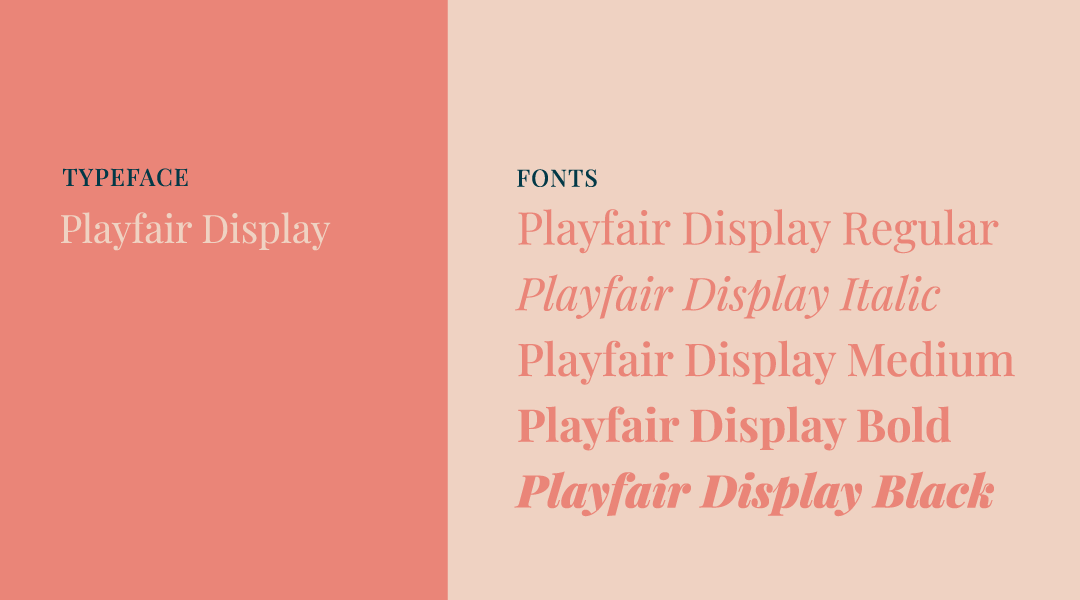
Typeface and fonts are used so interchangeably nowadays that most times, you can get away with it, but there are certain times when you do need to understand the difference.
Brand Terminology #12: Brand Values
Brand values are the foundational beliefs that a business holds. They’re influenced by mission and vision statements, and they influence every aspect of how a business operates from its messaging to its customer service. (Not sure where or how to get started with identifying your brand values? Download my free workbook and take a first step toward attracting soul-aligned clients and customers to your side business.)
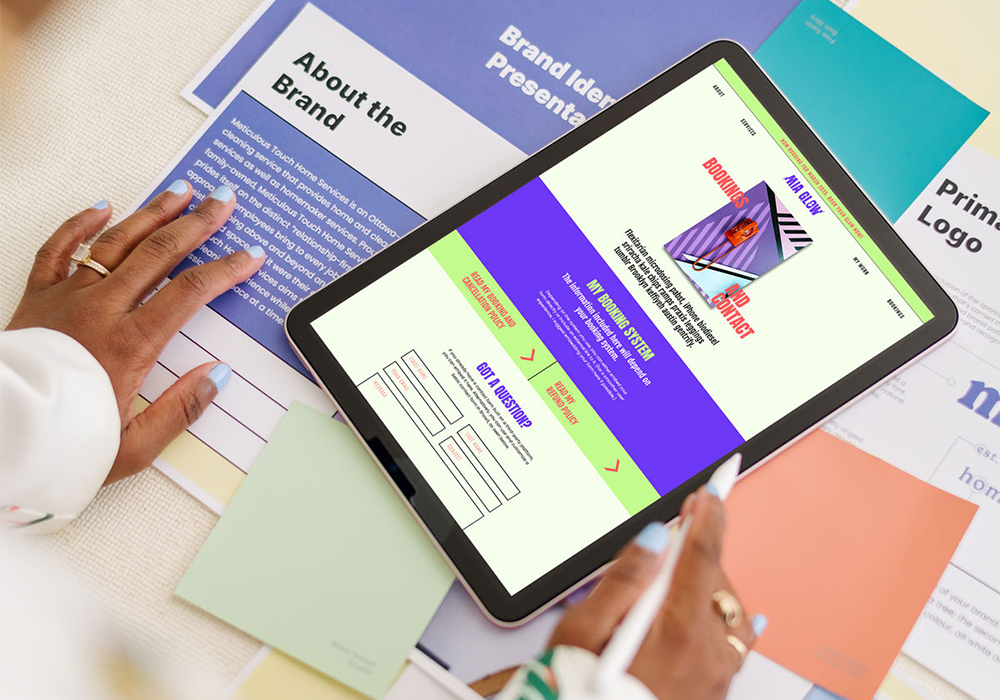
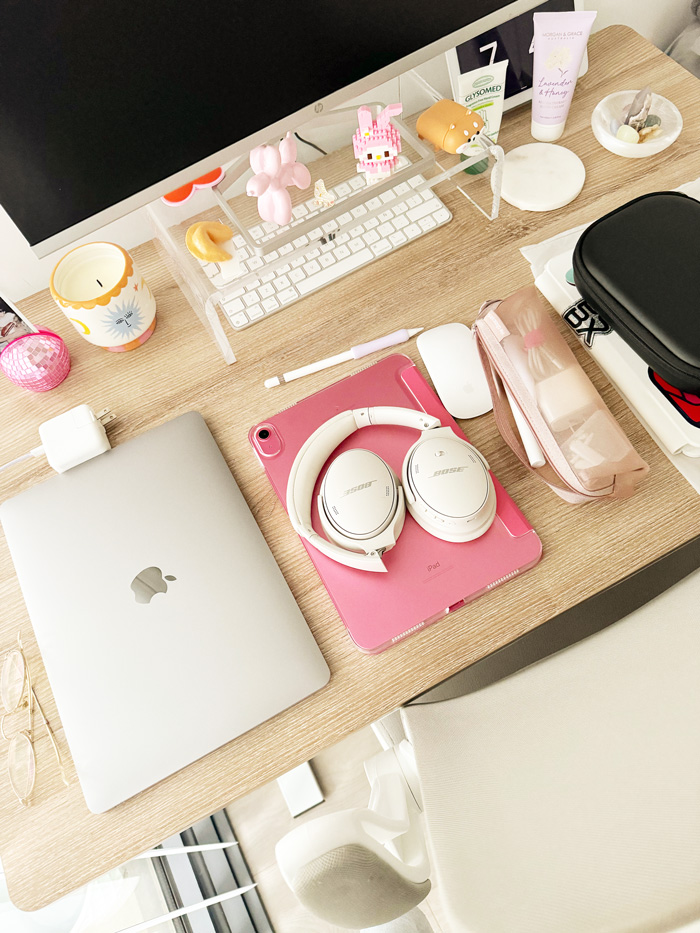

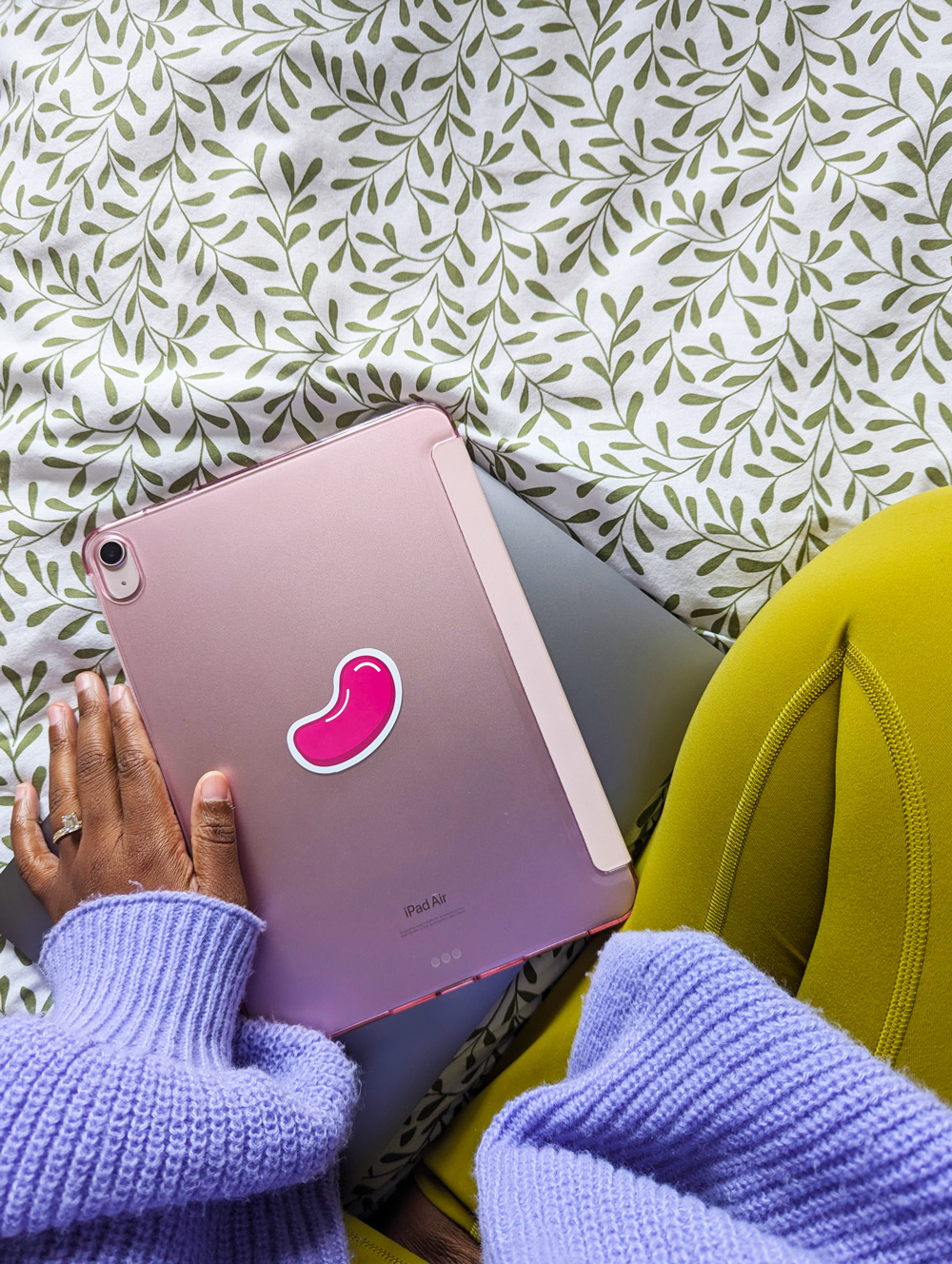
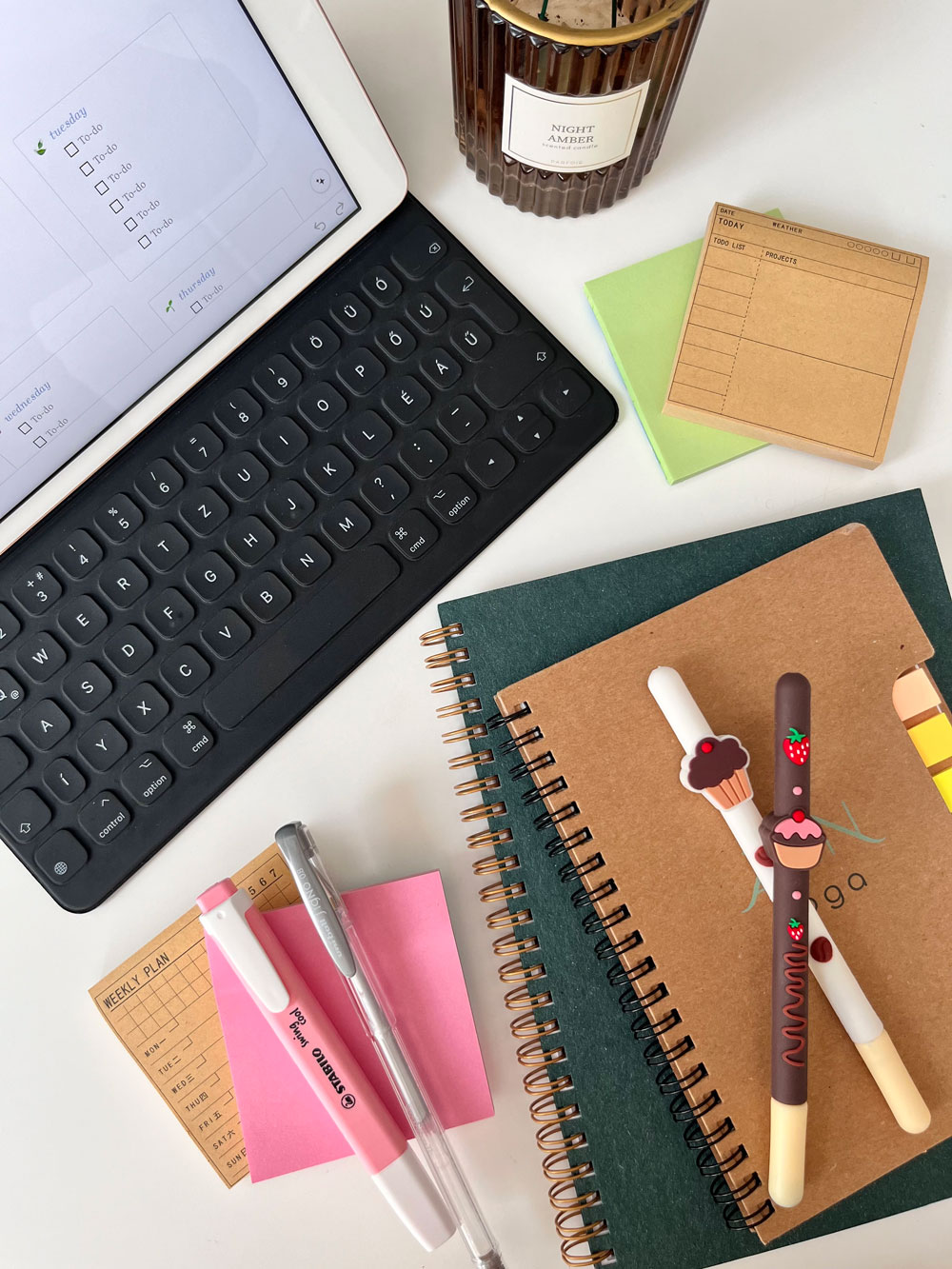
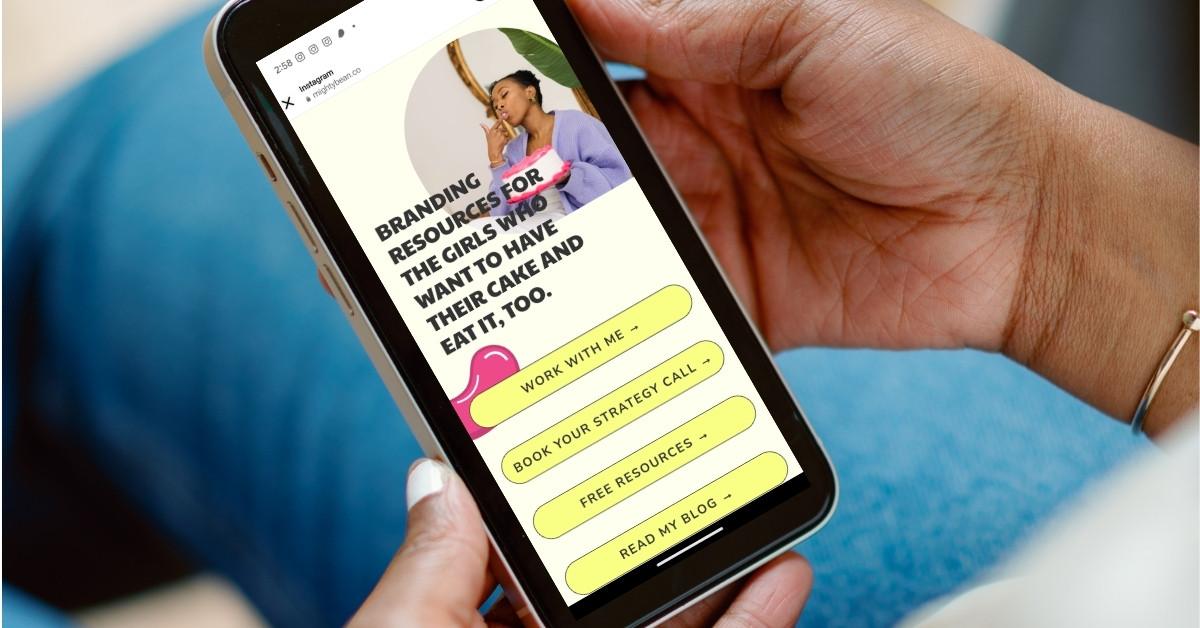
+ show Comments
- Hide Comments
add a comment →